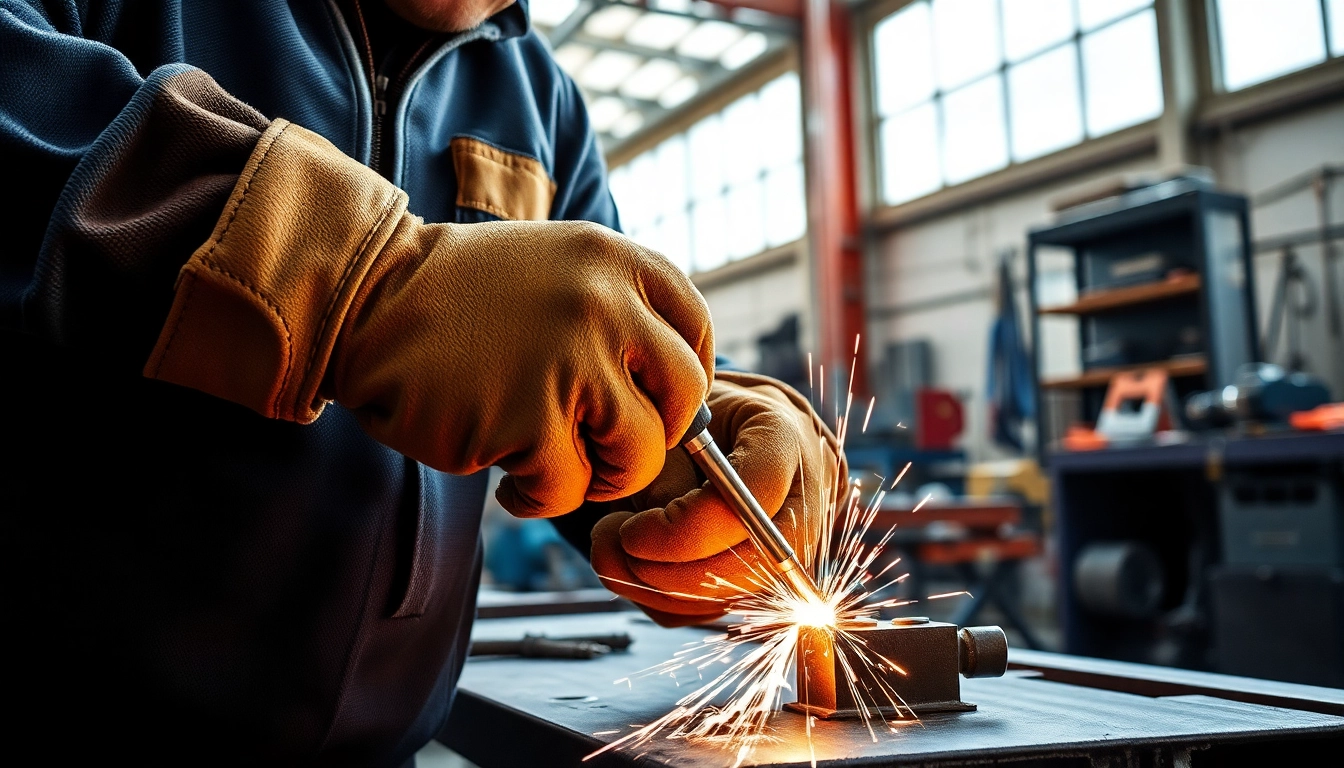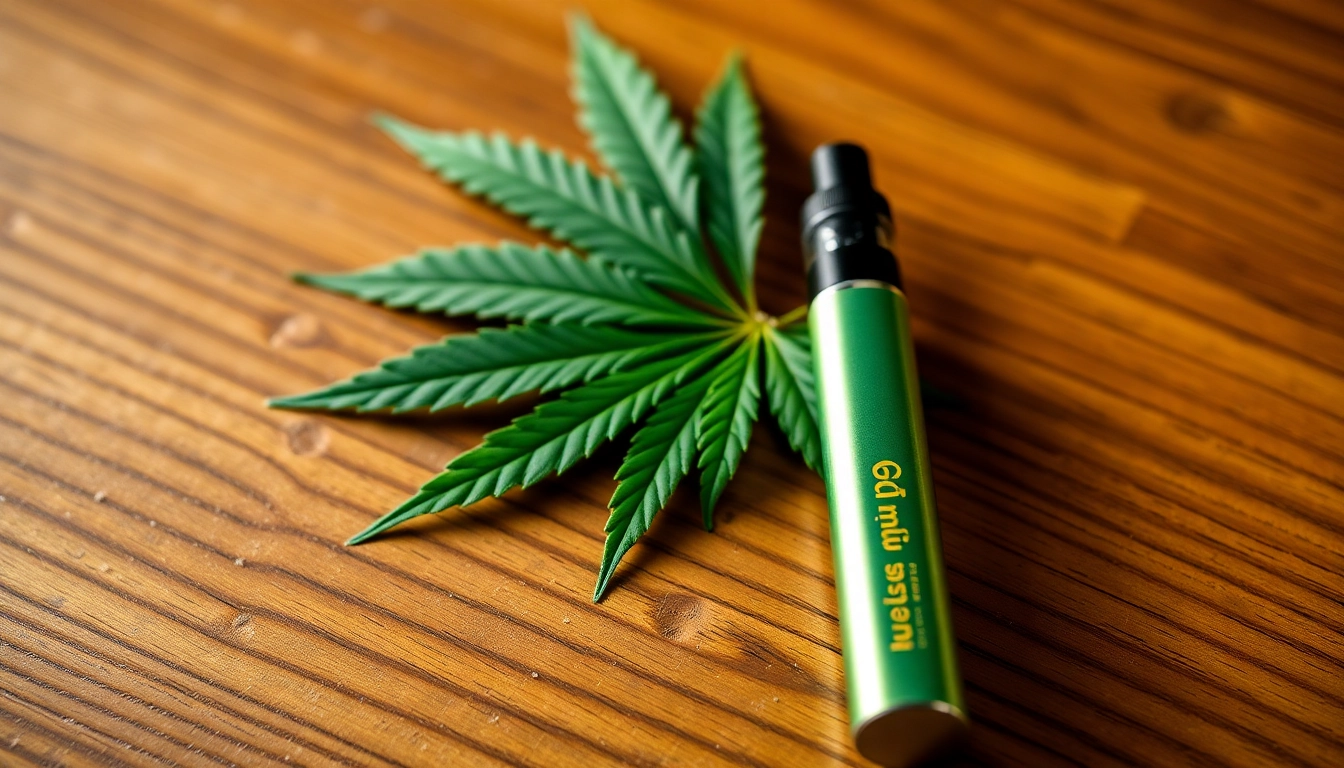Understanding Welding Gloves
What Are Welding Gloves?
Welding gloves are specialized protective gear designed for individuals working with welding equipment, offering crucial hand protection against various hazards associated with welding processes. These gloves are essential personal protective equipment (PPE) that shield the hands from extreme heat, sparks, and sharp objects while providing necessary dexterity to handle tools and materials during welding tasks. Typically made from high-quality leather, they are tailored to meet the specific demands of different welding methods, including MIG, TIG, and stick welding.
Key Features of Effective Welding Gloves
When selecting welding gloves, several key features should be considered to ensure optimal safety and performance:
- Material: The primary material used for welding gloves is leather, known for its durability and heat resistance. Variants include cowhide, pigskin, and goatskin, each offering different levels of comfort and protection.
- Length: Depending on the welding process, gloves can range from short wrist lengths to long gauntlets. Longer gloves provide additional forearm protection from heat and sparks.
- Insulation: Effective welding gloves should also incorporate thermal insulation to protect hands from intense heat, ensuring comfort during prolonged use.
- Grip: A good grip is essential for precision work, especially in MIG and TIG welding. Textured palms enhance grip on tools and materials.
- Flexibility: While protection is paramount, gloves must also allow sufficient movement and dexterity to handle welding tasks effectively.
- Reinforced Areas: Gloves with reinforced seams and padded sections provide additional durability and comfort in high-wear areas.
Different Types of Welding Gloves and Their Uses
Welding gloves come in various types, each designed to cater to specific welding techniques and the associated risks. Here are the main types:
- MIG Welding Gloves: These gloves are designed for metal inert gas welding, requiring a high degree of dexterity. The gloves are typically made from softer leather, allowing for better hand movement for intricate tasks while still offering adequate heat resistance.
- TIG Welding Gloves: Tungsten inert gas welding demands precision and control. Therefore, TIG gloves are often made from thinner leather or even synthetic materials to improve tactile sensitivity while maintaining protection.
- Stick Welding Gloves: These gloves are robustly built for stick welding, where higher heat levels and sparks are common. They usually feature heavy-duty leather and additional insulation for maximum safety.
- Heavy-Duty Gloves: Suitable for heavier welding tasks such as forge welding, these gloves are typically longer and thicker, providing enhanced heat and abrasion resistance.
Importance of Safety in Welding
Why Proper Gloves Matter
Gloves are a crucial component of a welder’s PPE. The hands often come into contact with sparks, spatter, and hot materials. Inadequate protection can lead to severe injuries, including burns, cuts, and other trauma. Proper welding gloves mitigate these risks, allowing welders to work with peace of mind and focus on their tasks without fear of injury.
Furthermore, the right gloves enhance overall working efficiency. When welders are not distracted by discomfort or safety concerns, they can perform their tasks more effectively and accurately.
Common Hazards in Welding
Welding exposes workers to various environmental hazards, which heighten the necessity for protective gear:
- Heat and Flames: The intense heat generated during welding can cause severe burns.
- Sparks and Spatter: Molten metal can leap from the welding zone, leading to potential injuries if protective gear is lacking.
- Electrical Shock: Welders need protection against electrical hazards, particularly when using arc welding techniques.
- Fumes and Gases: Inhaling welding fumes can lead to long-term health issues, highlighting the importance of comprehensive protection beyond gloves.
Legal and Safety Standards for Welding Equipment
Compliance with established safety standards is imperative for ensuring protection in welding environments. Organizations such as the American National Standards Institute (ANSI) and the Occupational Safety and Health Administration (OSHA) publish guidelines that stipulate the requirements for PPE in welding.
Welding gloves should be manufactured in compliance with these standards to guarantee their effectiveness in providing protection. Regular assessments and certifications are crucial, ensuring that the gloves maintain their protective qualities through use.
How to Choose the Best Welding Gloves
Material Considerations: Leather vs Synthetic
Welding gloves can be made from either leather or synthetic materials. Leather gloves, especially those crafted from cowhide or pigskin, offer superior resistance to heat and abrasion while providing a breathable structure. However, synthetic options, typically made from materials like Kevlar or carbon-based microfibers, can also be heat resistant and often provide better flexibility and grip.
Choosing between these materials involves considering the specific welding applications and the need for heat resistance versus comfort. For example, for MIG welding where dexterity is more important, synthetic gloves may be preferable while heavier leather gloves may be necessary for stick welding.
Fit and Comfort: Importance for Long-Term Use
The fit of welding gloves can significantly impact performance. Gloves that are too tight can cause discomfort and hinder movement, while overly loose gloves can pose a risk of snagging on equipment or materials. When purchasing gloves, an ideal choice would cover the wrist adequately, with a design that allows for full range of motion.
Comfort should not be overlooked, especially for tasks that require prolonged periods of wear. Opting for gloves with soft linings can enhance comfort.
Specific Features for Different Welding Techniques
Different welding techniques demand unique glove characteristics:
- MIG Welding: Look for gloves with a keystone thumb design that allows for better grip and movability.
- TIG Welding: Thinner gloves with superior tactile sensitivity are recommended to manage smaller components and precise tasks.
- Stick Welding: Heavily insulated gloves offer protection from the high heat commonly associated with this method.
Understanding the specific requirements of your welding process will significantly inform your decision in selecting the appropriate gloves.
Maintenance and Care for Welding Gloves
How to Clean and Store Welding Gloves
Proper maintenance of welding gloves extends their lifespan and functionality. Cleaning methods depend on the material:
- Leather Gloves: Wipe gloves clean with a damp cloth after use. If heavily soiled, use a specialized leather cleaner.
- Synthetic Gloves: Machine washing might be acceptable for some synthetic materials, but always refer to the manufacturer’s instructions.
- Storage: Gloves should be stored in a cool, dry place away from direct sunlight to prevent wear and deterioration.
Protecting your gloves against moisture and excessive heat when storing is essential for maintaining their protective features.
Signs of Wear and When to Replace Your Gloves
Identifying when to replace welding gloves is crucial for safety. Look for signs of wear such as:
- Visible burns or holes in the material.
- Loss of insulation or heat resistance.
- Cracks or stiffness indicating material breakdown.
Worn-out gloves significantly increase the risks of accidents and injuries, so regular inspections should be performed, particularly after frequent use.
Enhancing Durability Through Proper Care
To prolong the life of welding gloves, follow these care tips:
- Avoid prolonged exposure to heat and moisture.
- Store them flat or in a protective case to maintain shape.
- Use protective sprays or treatments specifically designed for welding gloves to enhance their heat resistance.
By investing in proper care routines, you can significantly enhance the durability and functionality of your welding gloves.
Top Welding Gloves on the Market
Comparative Analysis of Popular Brands
The market boasts numerous brands producing welding gloves, each catering to different needs:
- Miller Welds: Known for comfort and durability, particularly in their TIG gloves.
- Black Stallion: Offers a range of gloves designed for various welding applications, from MIG to heavy-duty options.
- Tillman: Popular for their heavy-duty options, providing excellent protection for stick welding.
- Harbor Freight: Offers budget-friendly gloves that maintain a balance between cost and safety.
When analyzing these brands, consider factors such as the specific welding applications, price, and user reviews.
Customer Reviews and Ratings Overview
Customer feedback is invaluable when choosing welding gloves. Indicator ratings often reflect the comfort, durability, and protective features of gloves. Popular review platforms frequently highlight:
- Comfort Ratings: Customers frequently comment on whether gloves provide adequate comfort for prolonged use.
- Durability Ratings: Many reviews discuss how well gloves hold up in high-intensity welding applications.
- Value for Money: Price versus performance ratings can help new buyers make informed choices.
Budget Options vs Premium Selection
Welding gloves can range from affordable to high-end options. Budget gloves offer basic protection and are suitable for occasional users. In contrast, premium gloves tend to feature better materials, enhanced protection, and increased comfort, suitable for professional welders engaged in frequent tasks.
When selecting gloves, weigh the balance between your budget, the frequency of use, and the specific protection required for your tasks. Investing in higher-quality gloves can lead to better safety and performance in the long run.



